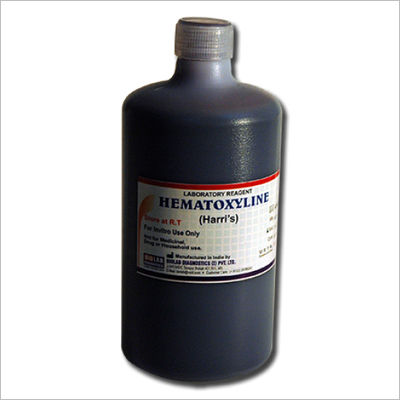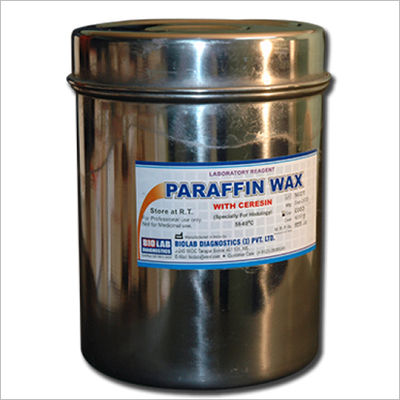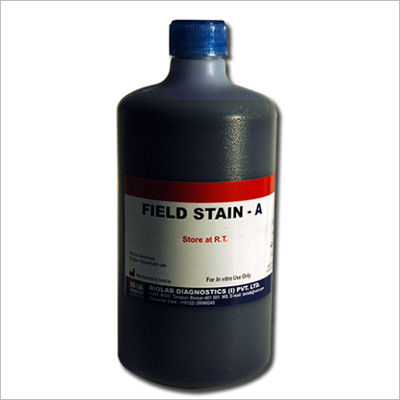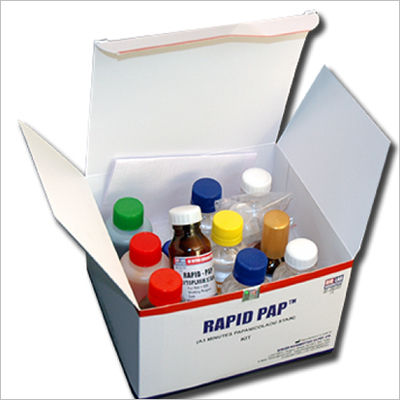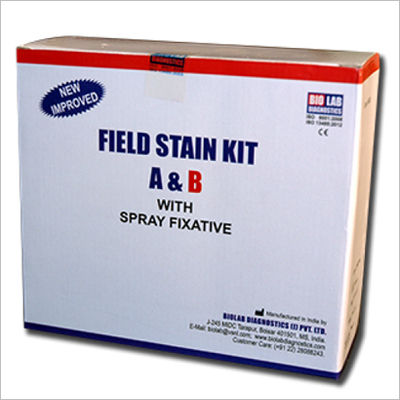Call : 08045813979
Call : 08045813979
Hematoxylene (Harris)
250-515 INR/Box
Product Details:
X
Hematoxylene (Harris) Price And Quantity
- 250-515 INR/Box
- 1000 Piece
- 250.00 - 515.00 INR/Box
Hematoxylene (Harris) Trade Information
- 5000 Piece Per Week
- 4-12 Days
Product Description
Hematoxylin (Harris) is a commonly used biological stain in histology and pathology. It is a natural dye extracted from the heartwood of the logwood tree, and it is used to selectively stain the nuclei of cells in tissue sections, making them visible under a microscope. Hematoxylin (Harris) stains the nuclei of cells blue to blue-black, providing contrast to other structures in the tissue. It is often used in combination with eosin, another commonly used stain, which stains the cytoplasm of cells pink to red. The combination of hematoxylin and eosin (H&E) is a standard staining procedure used in many laboratories to visualize tissue samples for diagnostic purposes. The Harris modification of hematoxylin staining procedure involves the use of an oxidizing agent, such as lithium carbonate, to enhance the staining properties of the dye. The staining process typically involves several steps, including deparaffinization of the tissue section, staining with hematoxylin (Harris), differentiation in an acidic or alkaline solution, and counterstaining with eosin.
Enter Buying Requirement Details
Other Products in 'Cytology Stains and Reagents' category
"We are mainly looking for Bulk Order Inquiries"
 |
BIO LAB DIAGNOSTICS INDIA PRIVATE LIMITED
All Rights Reserved.(Terms of Use) Developed and Managed by Infocom Network Private Limited. |

 Send Inquiry
Send Inquiry English
English Spanish
Spanish French
French German
German Italian
Italian Chinese (Simplified)
Chinese (Simplified) Japanese
Japanese Korean
Korean Arabic
Arabic Portuguese
Portuguese